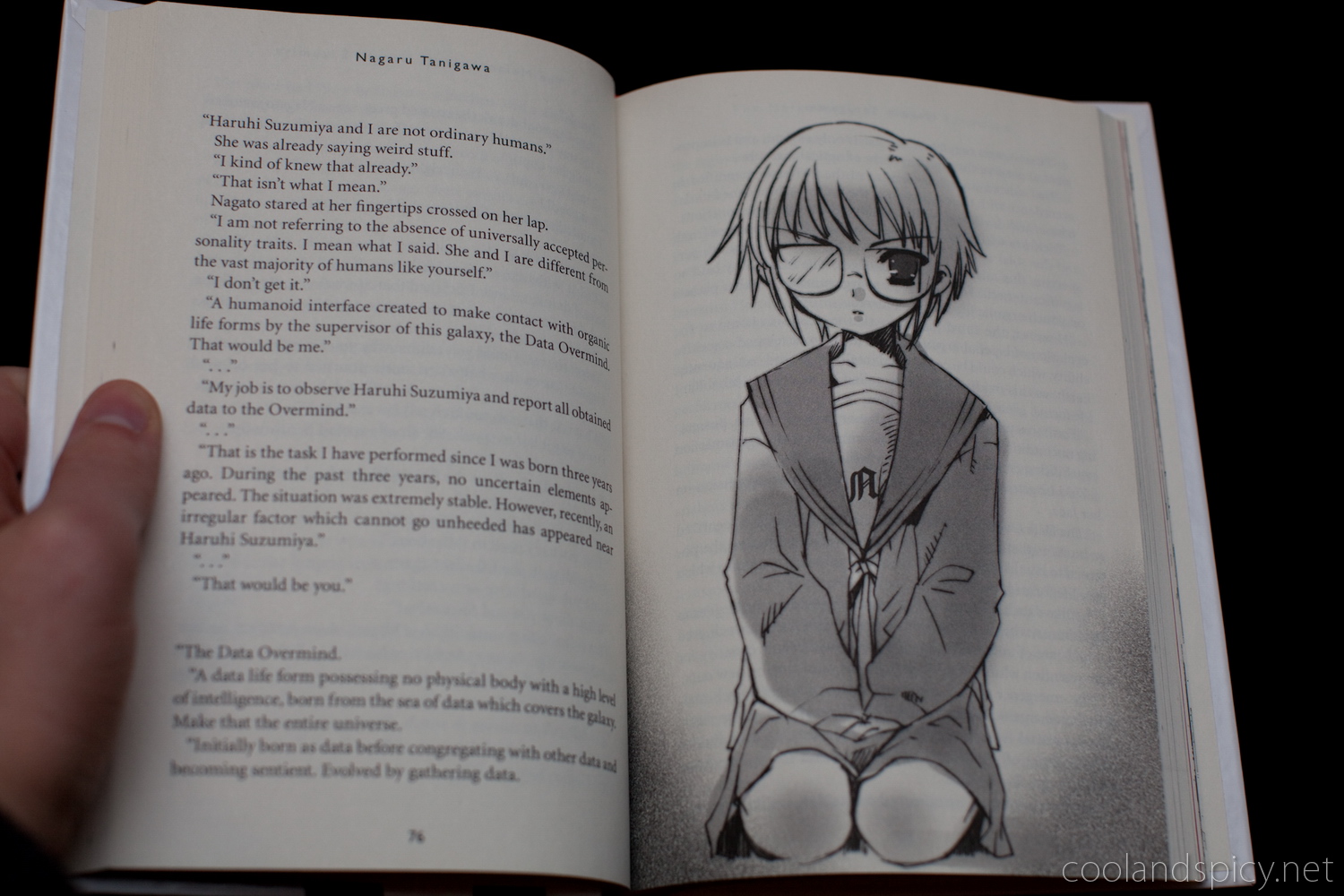
Some of the earliest light novels translated, such as the Haruhi Suzumiya series (by Nagaru Tanigawa and translated by Chris Pai), were naturally the basis of popular anime at the time. It also points to how so many of them have-and so much of their growing popularity in English is driven by-anime adaptations. The shortcut I tend to use for explanation is “anime in book form.” That’s easy to understand for people who know about Japanese animation, because light novels often feature otaku tropes like magical girls, cat ears, cute little sisters, RPG (role-playing game) -inspired plots, and so on. I’m totally falling for her,” had been drowning out conversations like, “The way the author used x latest science in this SF way was really interesting.” The scene where so-and-so is eating was good.

Going to read it now,” followed by, “I read it. The term originally appeared as a label in a Japanese pre-internet online community when the administrator, Keita Kamikita, decided to create a new “room” for people to talk about a certain growing strain of novels. But I have a sneaking suspicion you are more likely thinking, “Wait, a ‘light’ novel? What’s that?” What’s the significance of the numbers 18, 49, 82, and 183? If you answered that those are the numbers of light novels published in English annually from 2014-2017, you’re right. May GLLI Blog Series: Japan in Translation, No.


 0 kommentar(er)
0 kommentar(er)
